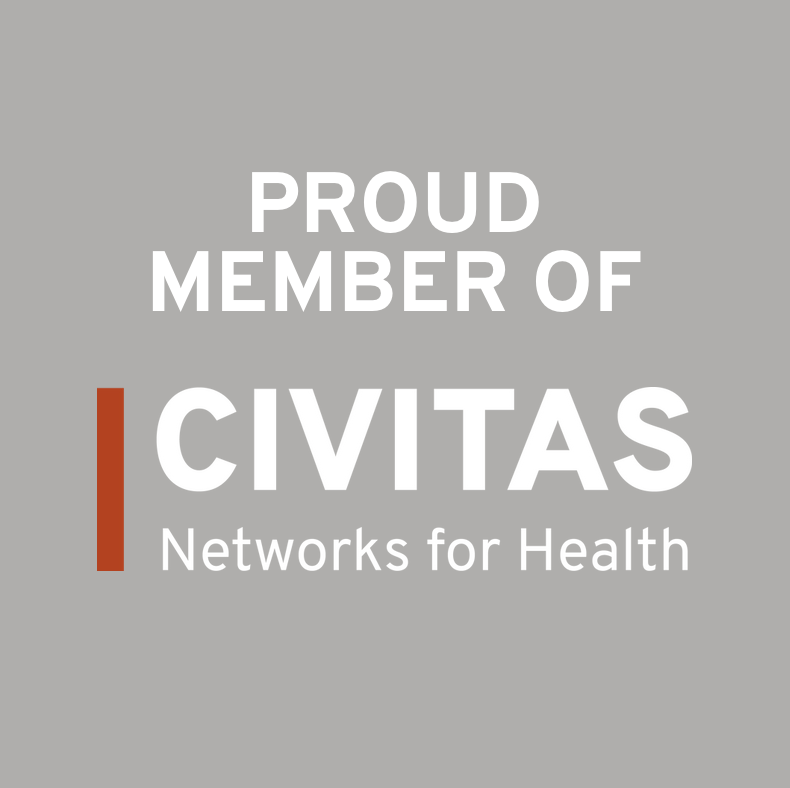Equity Report Highlights Continued Gaps in Health Care Outcomes in Minnesota
January 11, 2018
Contact: Brian Strub, MNCM Communications strub@mncm.org, 612-454-4827, 651-341-5692
[EMBARGOED UNTIL 12:01AM, 01.11.18: MNCM 2017 Health Equity of Care Report Release]
[January 11, 2018] A new report from MN Community Measurement (MNCM) provides a unique source of information on disparities in health care outcomes by race, ethnicity, language and country of origin. The report includes data for 12 measures reported to MNCM in 2017 with analysis at the statewide, regional and medical group levels, and features interviews that highlight efforts to reduce the gaps in outcomes especially for populations of color in Minnesota.
“Our data show that outcomes for chronic disease and preventive care screening rates vary substantially by race, ethnicity, language and country of origin,” said Julie Sonier, MNCM President. “It is important to highlight these differences so that we can raise awareness, focus resources on reducing these inequities and track progress.”
New in the 2017 Health Equity of Care Report is trending information on the Colorectal Cancer Screening measure. The statewide colorectal cancer screening rate was 70 percent in 2014 and 73 percent in 2017. Examined by race, ethnicity, preferred language and country of origin, colorectal cancer screening is trending up for most groups. The largest increase was among patients whose preferred language is Spanish; for this group, the screening rate increased from 44 percent in 2014 to 54 percent in 2017. This represents over 2,200 more Spanish- speaking people in Minnesota getting screened for colorectal cancer.
Much of this progress can be attributed in part to local and national coordinated efforts by primary care clinicians, community organizers, cancer coalitions and others – all focusing on a shared public health goal of reaching an ambitious 80 percent screening rate for colorectal cancer. The National Colorectal Cancer Screening Roundtable leads this effort with a strong emphasis on health equity. In fact, Hispanics are a priority audience due to their low screening rates and African Americans are a priority audience due to their high incidence of colorectal cancer. One of the key messages that resonates with these audiences is that there are several screening options available, including simple take-home options. They are also encouraged to talk with their doctor about getting screened.
“It is good news that we’re making gains in colorectal cancer screening rates for most groups,” said Sonier. “However, we still have large disparities between groups that indicate the need for sustained efforts to reduce the gaps.”
The 2017 report also includes survey data that show variations in patient experience across population groups. One finding is that African American patients rated their experiences above average in four out of five patient experience categories, yet had below average results for five out of seven clinical quality measures. In contrast, despite mostly higher than average clinical quality measure outcomes, Asian patients evaluated their experience of care below the statewide average in all five categories.
“These differences highlight the fact that health care quality is multidimensional,” said Sonier. “It’s hard to know exactly why patient experience and clinical quality diverge for some population groups, but it’s our goal that these data will be used by health care providers and others to better understand the gaps and identify opportunities for improvement.”
The report includes several stories highlighting ways that these data are being used for improvement.
MNCM’s data by race, ethnicity, language and country of origin are a valuable resource that resulted from years of collaborative work to define these elements and validate best practices for collecting them. The report features information on seven clinical quality measures:
- Adolescent Mental Health and/or Depression Screening
- Pediatric Preventive Care: Overweight Counseling
- Optimal Diabetes Care
- Optimal Vascular Care
- Optimal Asthma Care for Adults
- Optimal Asthma Care for Children
- Colorectal Cancer
The patient experience ratings include the following five categories, in terms of whether patients:
- Got care when needed (“Access to Care”)
- Received understandable information and instructions (“Provider Communication”)
- Received coordinated care defined by how often providers knew patient’s medical history, gave results of tests and asked about medications (“Care Coordination”)
- Experienced courteous and helpful office staff (“Office Staff”)
- Were satisfied with their provider (“Provider Rating”)
About Us
MN Community Measurement is a non-profit organization dedicated to improving health by publicly reporting health care information. A trusted source of health care data and public reporting on quality, cost and patient experience since 2003, MNCM works with medical groups, health plans, employers, consumers and state agencies to spur quality improvement, reduce health care costs and maximize value. Learn more at MNCM.org and MNHealthScores.org . ###
Posted in Press Release
Recent Posts







